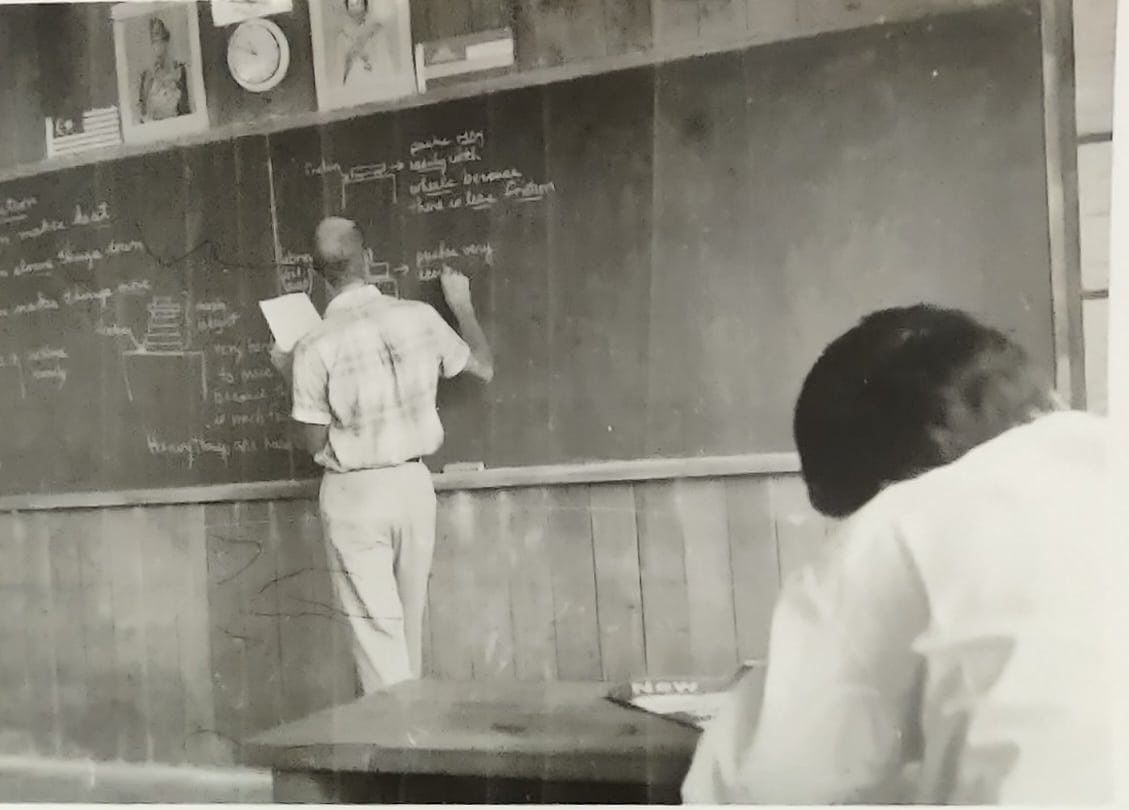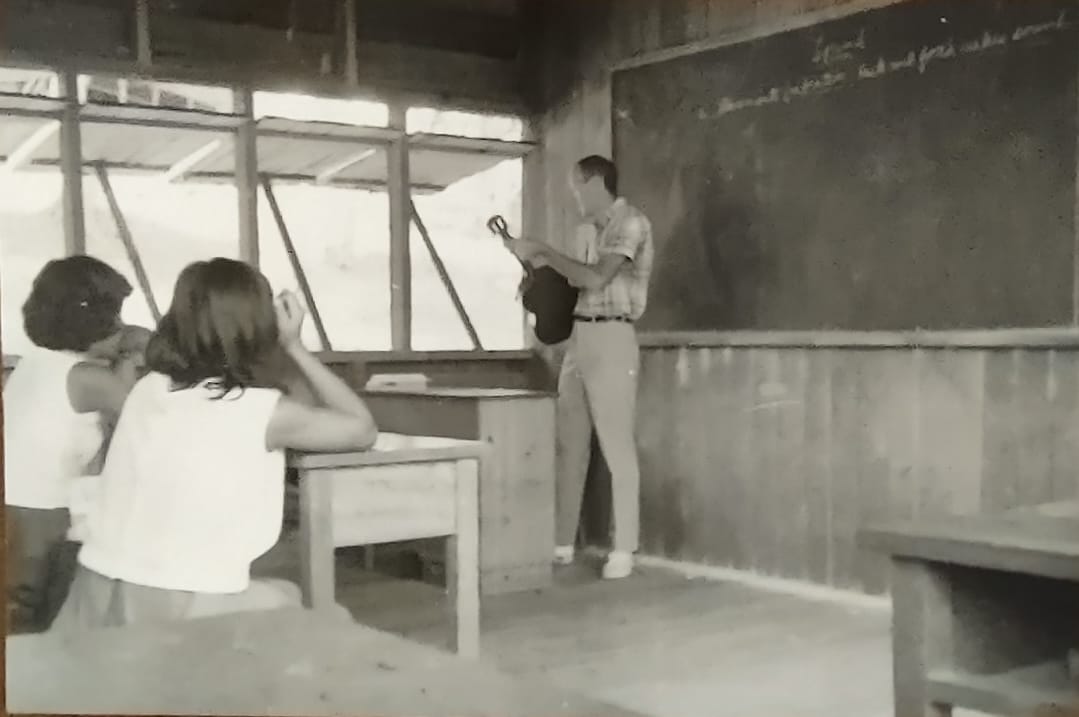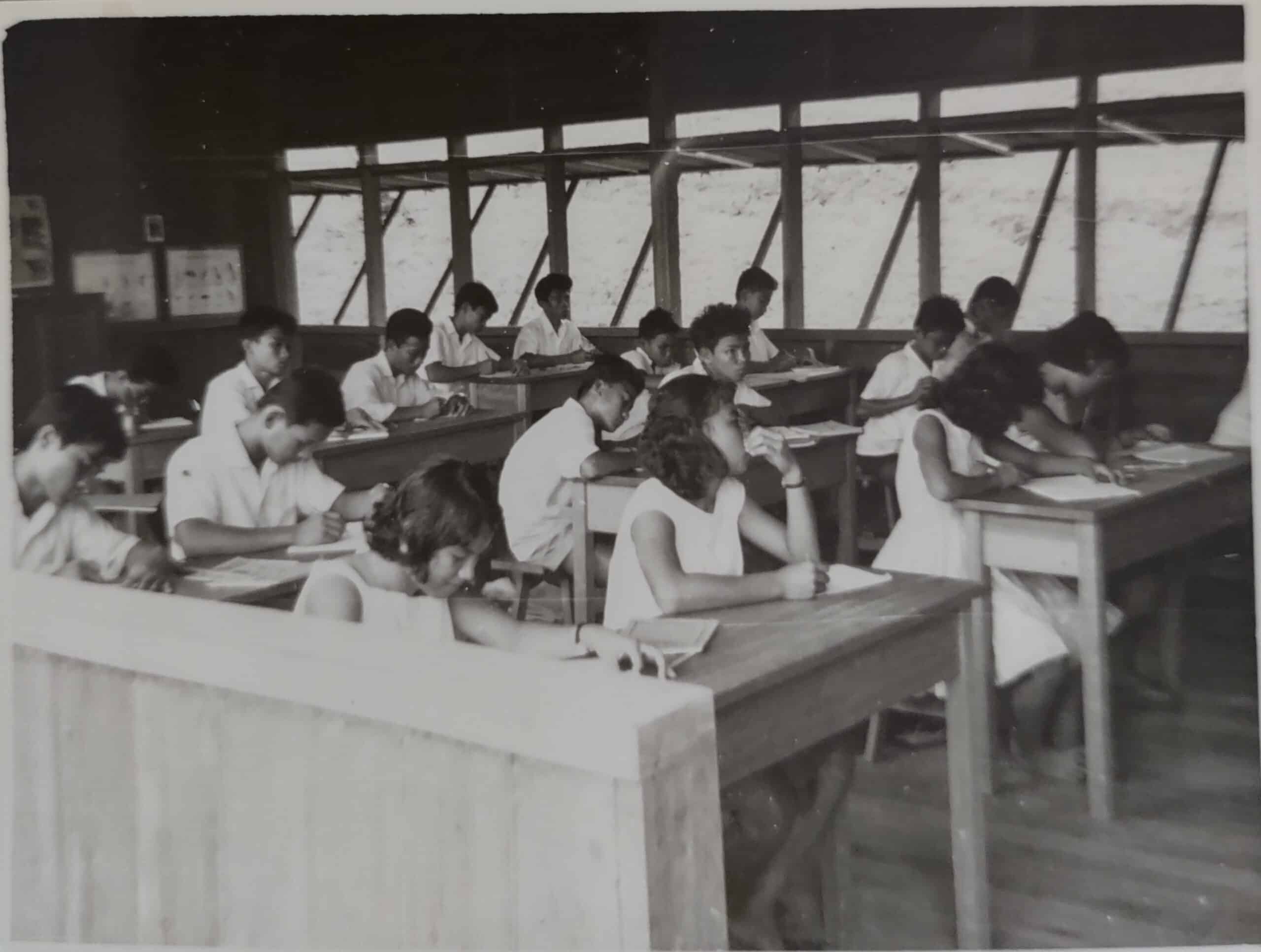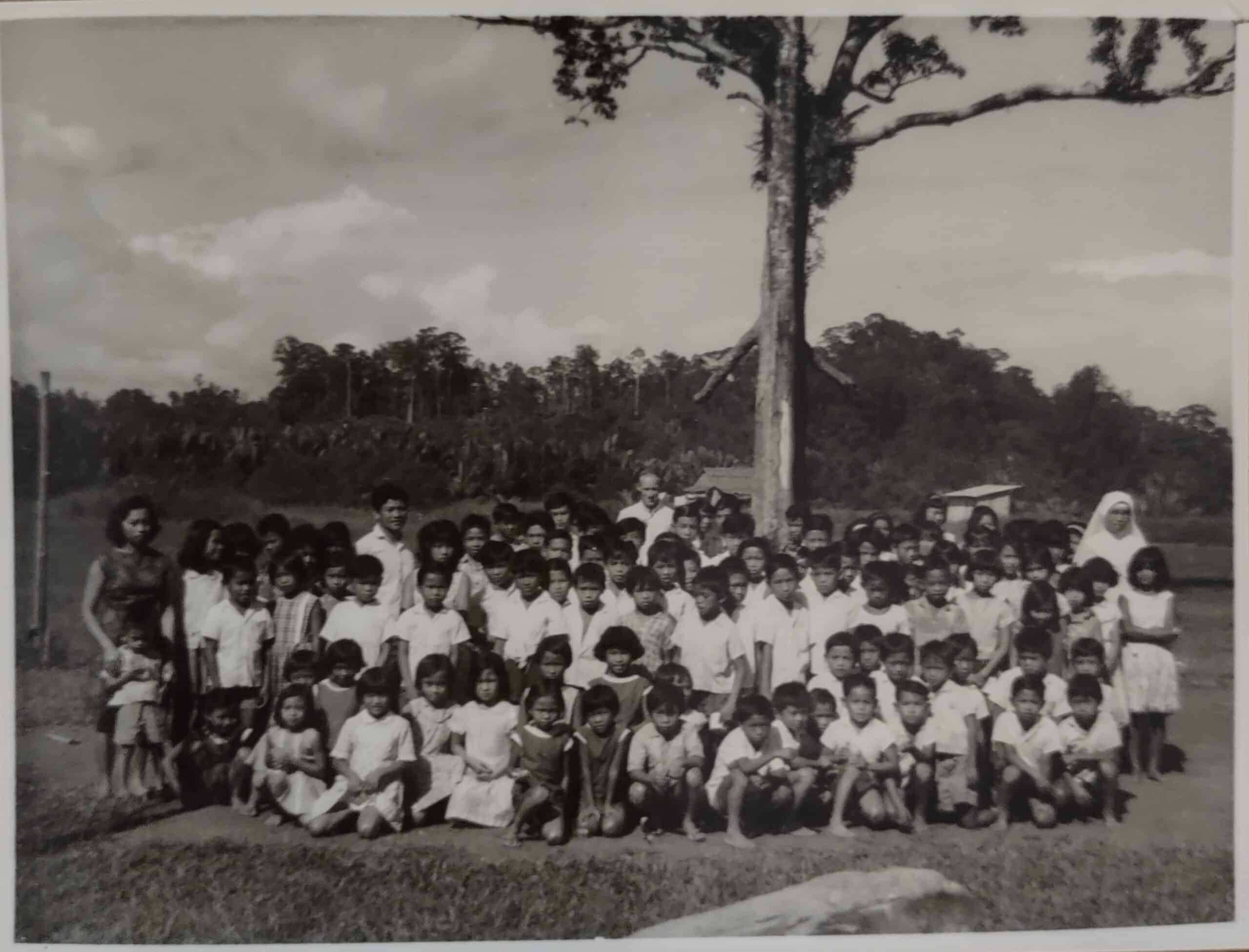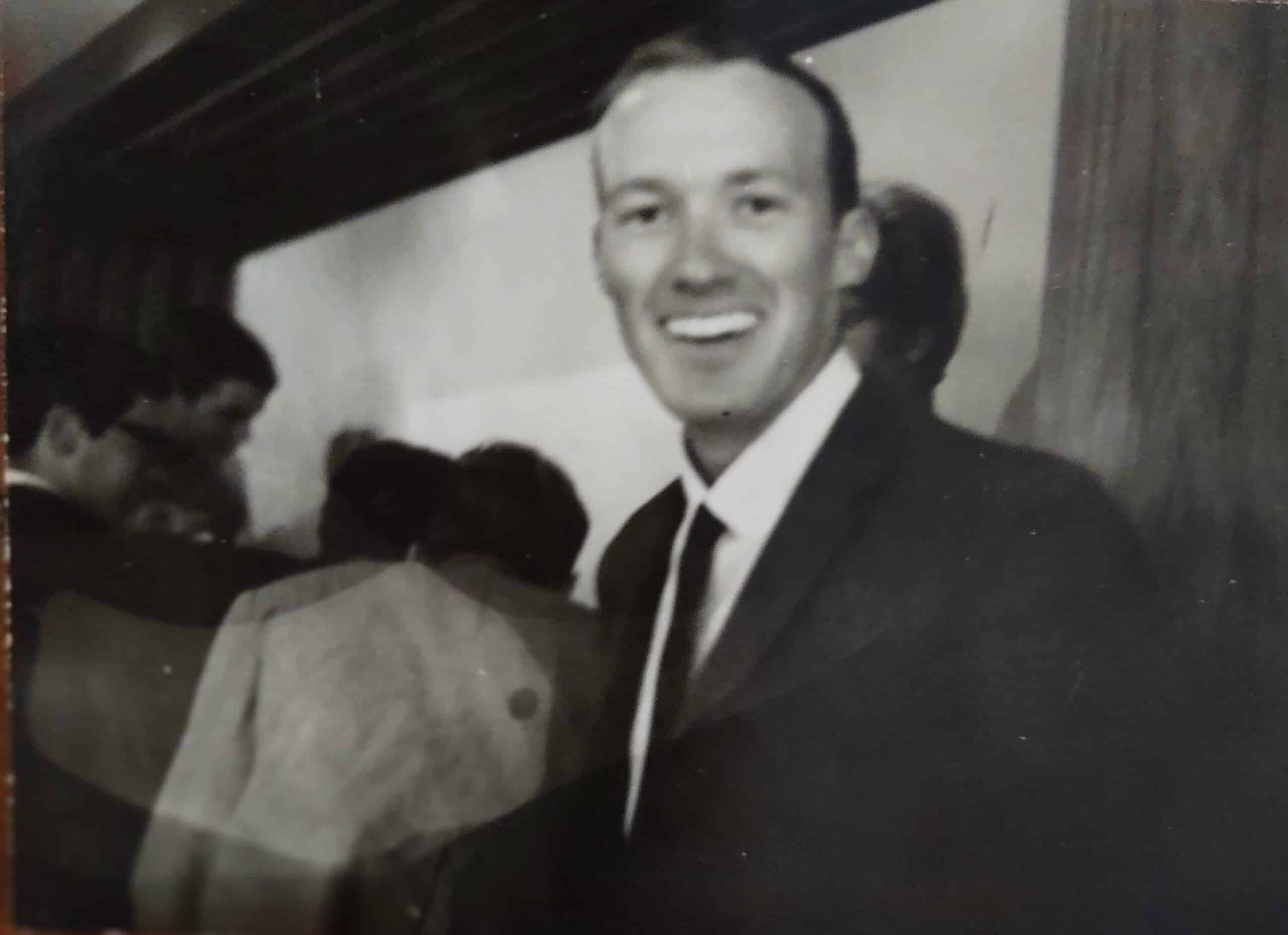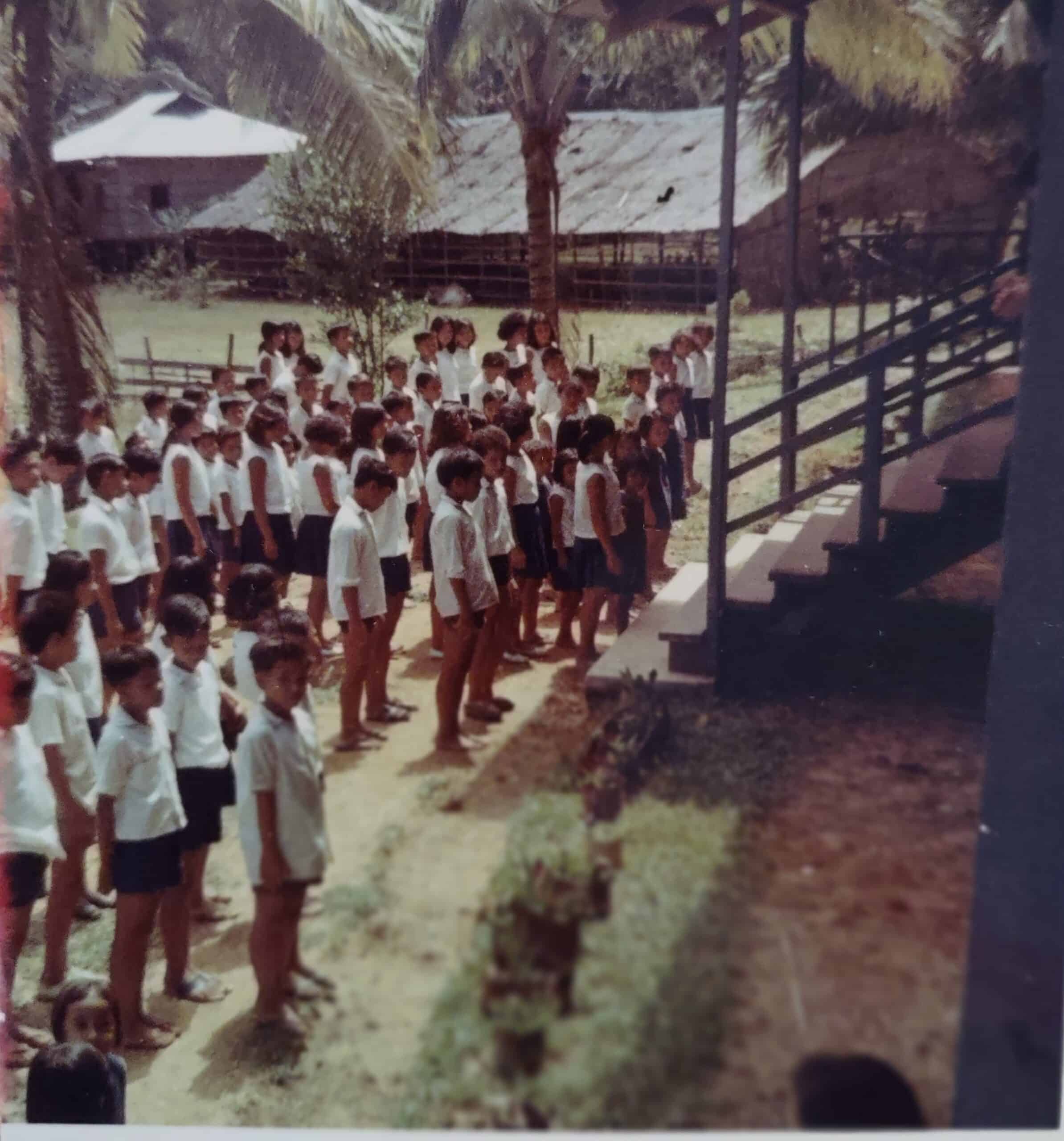My Peace Corps assignment was, by choice, in the Borneo ulu, half a day or more upriver into the equatorial rainforest. Ulu is a native term referring to the interior of the rainforest far from coastal cities and towns. I lived in a small indigenous village without electricity, without telephones, without running water, without roads, and without other white people. Instead, we had an abundance of snakes, bats, lizards, malaria mosquitoes, scorpions, and three months of unrelenting monsoon rains. There were also many welcoming, supportive, hardworking villagers with large families who subsisted on meager rice paddies, fruit trees, and whatever the river and the rainforest could provide.
There was in this village called Kuala Sapi, a primary school started by Australian Anglican missionaries ten years before my arrival. Four years before my arrival in 1967, this part of Borneo was still a part of the British empire but was now a state in the Malaysian Federation; thus, the school still functioned in English. When it was established, it invited a first generation of students to learn to read and write. In those first years, children up to ten years old could enroll as kindergarteners. As a result, some of my twenty sixth-grade students were sixteen years old, others were eleven.
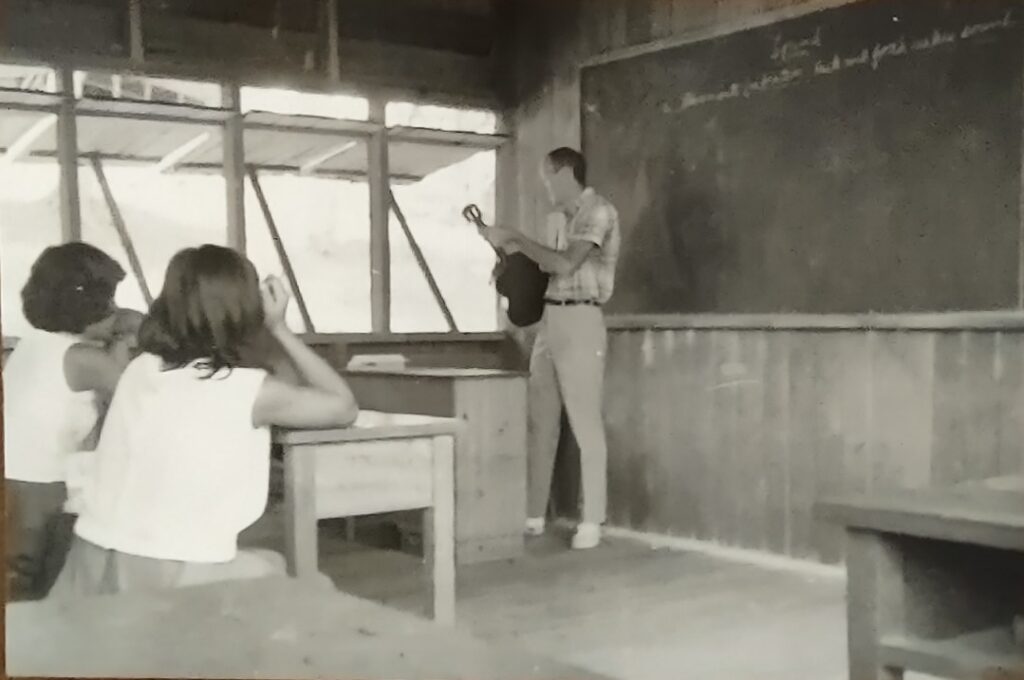
I was the only teacher with a college degree, two others had high school certificates, and the others had passed sixth grade. We seldom had a full staff of seven teachers, and at times for weeks, we had as few as three teachers and no principal for a hundred and forty students. Because of limited space in high schools in coastal cities, annual national exams limited the number of primary school promotions. The year prior to my arrival, four of eighteen students from Kuala Sapi passed the sixth-grade exams.
There were other limitations and obstacles to achieving greater success on the national exam. Students were studying in a second language, and although they began learning English in kindergarten, they only used English in the classroom, not in their private lives. Textbooks, primarily math textbooks, were old and scarce. Moreover, in many ways, they were irrelevant to the students’ lives with examples of telephones, packaged food, movie theaters, airports, and taxis. At times, attendance was irregular due to outbreaks of malaria and monsoon rains. Girls sometimes left school in their early teens to get married.
Although my students were very respectful and attentive, a few memorable incidents led to classroom interruptions. One day, the students quite suddenly seemed restless, then suddenly rushed out of the room as did students from the other classes. They had heard what I hadn’t. A small bi-plane was about to land on the river; a businessman from a distant lumber camp was arriving to speak to the village chief. That half hour was well spent watching the landing and examining the plane from a distance.
Another day, several girls sitting near the wall began to squirm in alarm. Soon, all the students shifted away from the wall and pointed to an eight-inch poisonous centipede crawling beside them. Not realizing that I too probably should have been cautious, I took some papers and brushed it out an open window. I had been teaching distance, time, and speed arithmetic problems, so our next chalkboard problem read, “If a centipede can crawl three feet per minute, how long would it take it to cross a classroom that is twenty-one feet long?” It was my effort to teach to the moment.
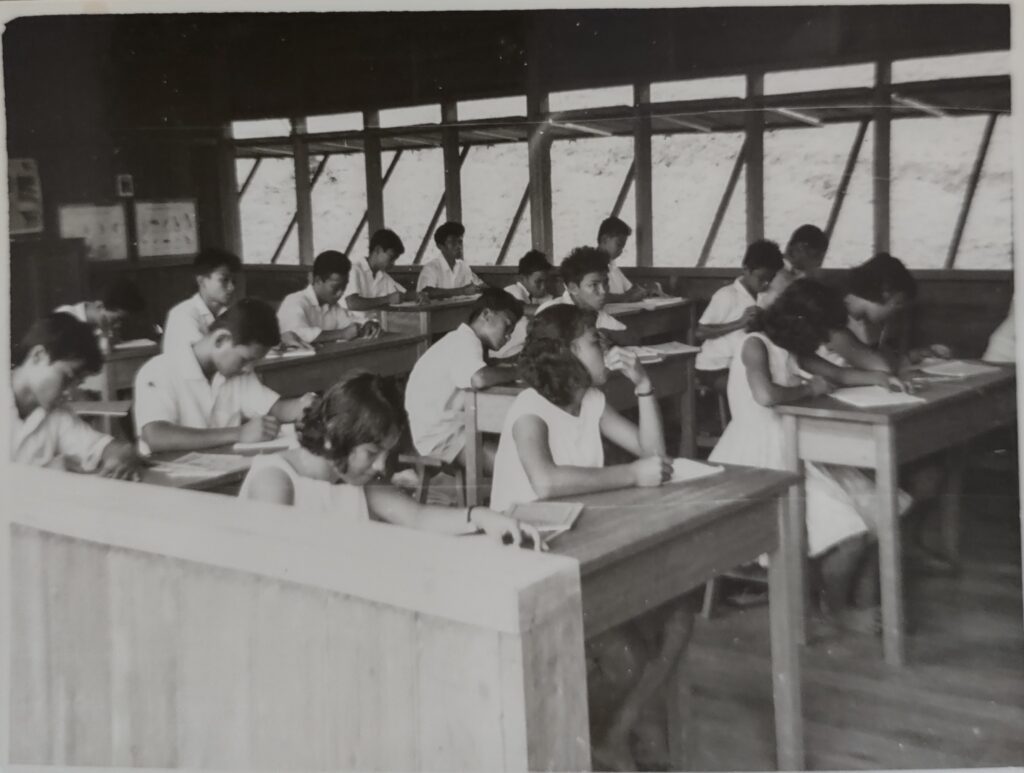
One morning during the three-month monsoon season, a sudden gush of torrential rain swept into the open classroom. The students and their materials were doused by the rain. The class and I huddled in a far corner of the room for about fifteen minutes, then started “mopping” the wet out of the room with small handmade whisk brooms. The school compound was located on space that had been part of a rubber tree plantation. A few of the rubber trees remained, and during their seeding season, these trees literally shot their seeds into the air with an audible crack sound followed by the banging of the seed on the school’s steel roof. Just another interruption.
Near year’s end, the students consented to attending afternoon classes in a final effort to pass their national exam. Practice tests looked promising. On the day of the test, I was not allowed near the school. They were on their own. Then we waited for over six weeks for the results. To the great credit of my hardworking, hopeful students, eight of my eighteen students passed—almost half of the class, twice as many as the previous year, and for the first time, three girls passed! A goal accomplished!


